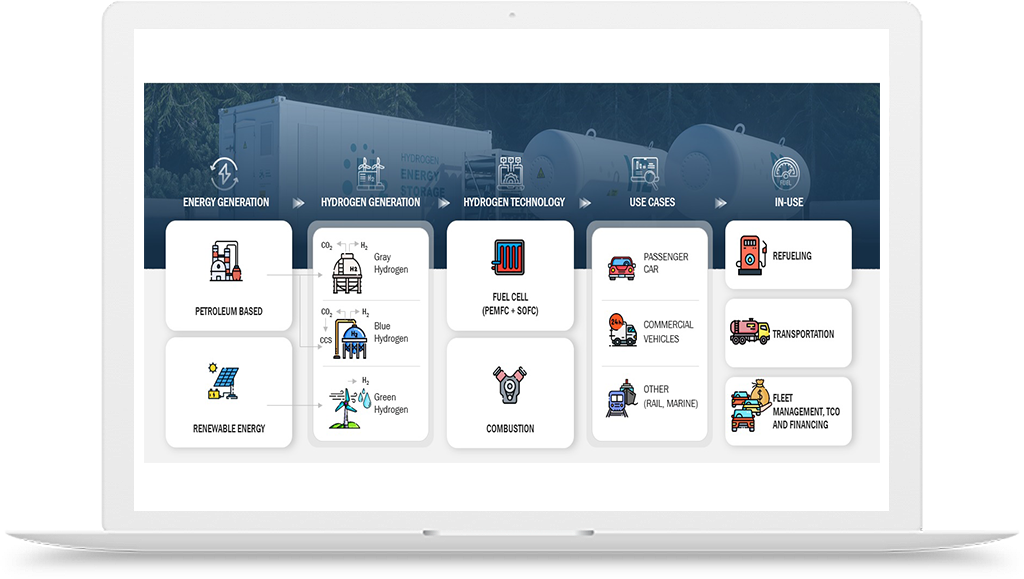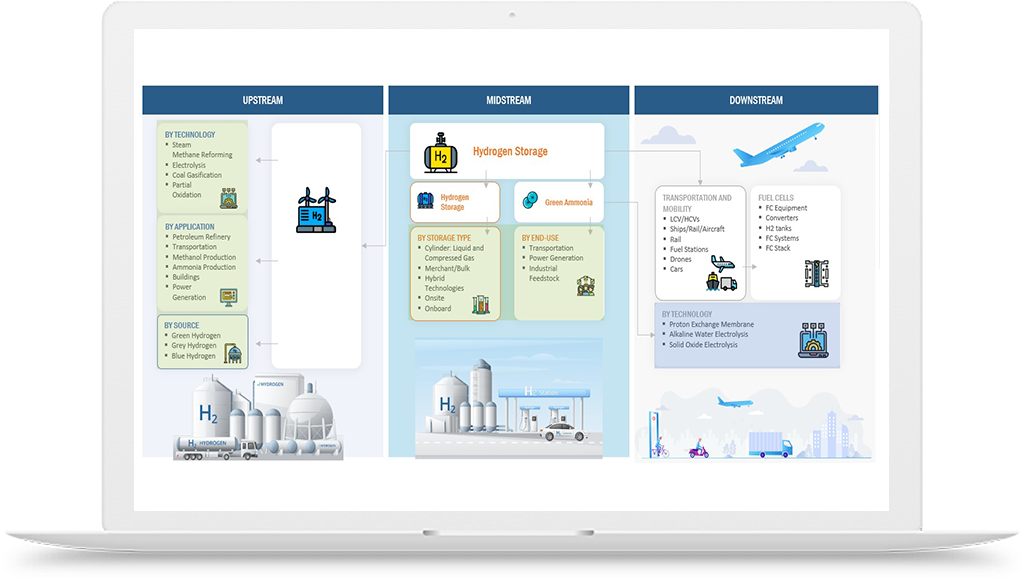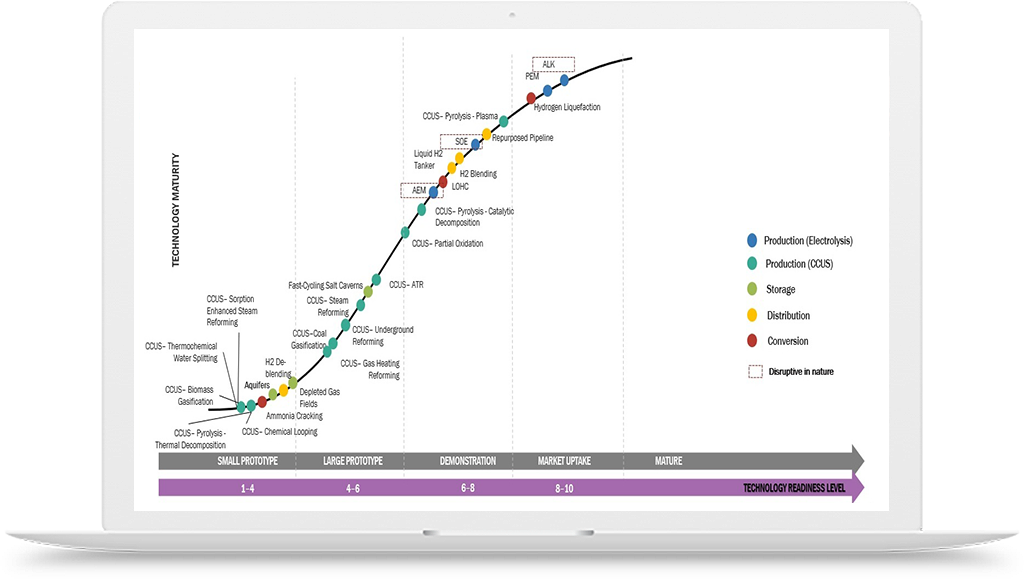Comparison of Hydrogen and Other Sources of Energy
Unit Economics Comparison of Hydrogen and Other Sources of Energy
Hydrogen's unit economics, including cost, price, power output, and emission reduction, vary depending on factors such as the production method, hydrogen storage and transportation infrastructure, end-use application, and regional dynamics.
Overview of how hydrogen compares to other energy sources:
-
Cost and Price:
Hydrogen Production: Depending on the process, producing hydrogen can be expensive. Gray or blue hydrogen, which are sourced from fossil fuels with carbon capture or other emissions reduction technologies, are typically less expensive than green hydrogen, which is created through electrolysis using renewable electricity. Green hydrogen will, however, become more affordable over time as the cost of electrolyzer technology and renewable electricity is anticipated to decline.
Retail Price: Region and scale can have an impact on the retail price of hydrogen at refueling stations. In comparison to traditional fuels like gasoline or diesel, hydrogen is currently typically more expensive. But in the future, cost savings and price competitiveness can be aided by regulations that are supportive, economies of scale, and improvements in production technologies.
-
Power Output:
Energy Density: Applications needing large power outputs and long-term energy storage find hydrogen to be an appealing alternative due to its high energy density per unit mass. It has benefits in industries like transportation where heavy-duty or extended driving ranges require energy-dense fuels.
Power-to-Weight Ratio: High power-to-weight ratios from hydrogen fuel cells make them appropriate for uses where weight is a crucial consideration, including electric cars and portable power systems.
-
Emission Reduction:
Carbon Emissions: Green hydrogen, or hydrogen generated from renewable resources, has the potential to significantly lower emissions when compared to alternatives that rely on fossil fuels. Hydrogen emits no direct emissions when employed in fuel cell applications since it only creates water vapor as a byproduct. However, the method of production and the energy source employed can affect the emissions related to the creation of hydrogen.
Lifecycle Emissions: The lifecycle emissions related to the manufacturing, storage, and transportation of hydrogen determine its overall potential for reducing emissions. This includes things like the production process's efficiency, the carbon intensity of the electricity utilized in electrolysis, and the emissions brought on by the extraction and delivery of feedstocks.
The complete lifecycle and operational expenses are taken into account when estimating the total cost of ownership (TCO) for different end-use sectors. Variations in TCO can be observed depending on factors including technology maturity, scale, regional dynamics, and application needs. Total Cost of Ownership (TCO) encompasses not just the initial capital expenditures but also the ongoing maintenance, fuel or energy input, and operating costs over the system's lifetime.
It is noteworthy that the economics of hydrogen are undergoing a swift evolution, propelled by technological breakthroughs, economies of scale, and policy incentives. As the hydrogen business develops and grows, lower costs, more efficiency, and better performance are anticipated. Attaining cost competitiveness with alternative energy sources and realizing the full potential of hydrogen need sustained innovation, research, and commercial development.
















